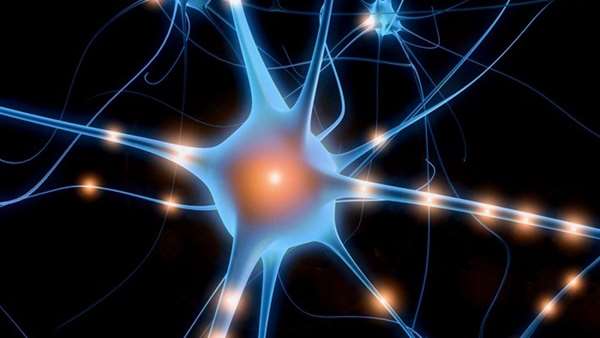Stem cell-based regenerative therapy has opened an avenue for functional recovery of patients with spinal cord injury (SCI). Regenerative rehabilitation is attracting wide attention owing to its synergistic effects, feasibility, non-invasiveness, and diverse and systemic properties. In this review article, we summarize the features of rehabilitation, describe the mechanism of combinatorial treatment, and discuss regenerative rehabilitation in the context of SCI. Although conventional rehabilitative methods have commonly been implemented alone, especially in studies of acute-to-subacute SCI, the combinatorial effects of intensive and advanced methods, including various neurorehabilitative approaches, have also been reported. Separating the concept of combined rehabilitation from regenerative rehabilitation, we suggest that the main roles of regenerative rehabilitation can be categorized as conditioning/reconditioning, functional training, and physical exercise, all of which are indispensable for enhancing functional recovery achieved using stem cell therapies.
Introduction
Spinal cord injury (SCI) results in various neurological sequelae in the motor, sensory, and autonomic systems. There is no treatment in the strict sense, only approaches to reduce secondary damage acute SCI, including surgical procedures to restabilize and decompress the spinal cord and to augment blood pressure1. Rehabilitative therapies are performed after these procedures, but the injured spinal cord exhibits only a small degree of plasticity and functional recovery2. For more than two decades, stem cell-based regenerative therapy has been investigated as a state-of-the-art treatment that is expected to change the prognosis after SCI. Both cellular graft sources, including olfactory ensheathing cells (OECs), mesenchymal stem cells (MSCs), and neural stem/progenitor cells (NS/PCs), and tissue graft sources, including peripheral nerve and olfactory mucosa, have been investigated. Although some of these methods have proceeded to the clinical trial stage, the transplanted stem cells do not always work as we expected and thus the current data only show limited functional recovery. One factor that markedly affects the therapeutic potential is the microenvironment, which changes over time after injury3. Although many researchers reported that stem cell therapies have significant effects in the early phases, they lose their therapeutic potential in the chronic phase as neuronal plasticity decreases1,4,5,6. There are 50-fold more patients in the chronic phase than in the acute-to-subacute phase; therefore, it is crucial to establish strategies that can be used to treat the chronically injured spinal cord7.
Recently, a strategy to combine optimal rehabilitation with regenerative treatments, called regenerative rehabilitation8,9, has been proposed based upon preclinical10,11,12 and clinical13,14,15 research that reported a variety of mechanisms and effects on physical functions including muscle strength, gait, and the ability to perform activities of daily living (ADL)9,16,17. This concept is concisely defined as “The application of rehabilitation protocols and principles together with regenerative medicine therapeutics toward the goal of optimizing functional recovery through tissue regeneration, remodeling, or repair”8. Rehabilitation is suggested to promote functional integration of the graft and host neuronal system when combined with stem cell therapies2. However, to the best of our knowledge, regenerative rehabilitation following SCI has not been structurally summarized because research in this area is in its infancy. Therefore, this review provides an overview of the mechanisms of rehabilitation performed in combination with stem cell therapies and describes the concepts of clinical regenerative rehabilitation. In addition, we briefly introduce rehabilitative strategies more generally, independent of their combinatorial use with regenerative therapies, to provide a more integrated discussion of this area. Although regenerative medicine encompasses various treatments including cell, tissue, and organ replacement, cytokine therapy, and neurorehabilitative approaches to induce regeneration of impaired body parts and/or systems18,19, this review specifically deals with stem cell transplantation therapies. Rehabilitation includes physical treatments utilizing electrical stimulation, magnetic stimulation, and infrared and ultrasound treatments. Here, we focus on exercise training and physical therapies used in combination with exercise.
We searched studies in the Web of Science (BIOSIS), Medline (via PubMed), Scopus, and ProQuest databases from the beginning of 1981 to 1 July 2021. Keywords related to “spinal cord injury” and “transplantation” in combination with terms related to “rehabilitation” and “training” were used in searches for preclinical research. In addition, although some functional assessments of forelimbs require training, this training is often not described in the abstract. Therefore, we closely checked the methods sections of the studies chosen using keywords related to “forelimb” instead of “rehabilitation” to determine whether rehabilitative training was implemented. Studies in which the post-therapeutic training frequency was no less than three times per week were assembled into a table. Keywords related to “spinal cord injury” and “transplantation” limited to clinical research were applied to searches for clinical studies.
Ref: https://www.nature.com/articles/s41536-021-00191-7




ارسال به دوستان